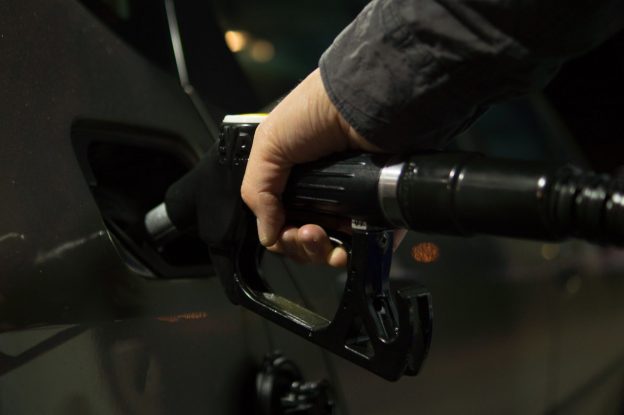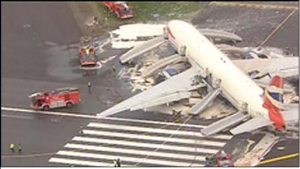When it comes to your car, there are numerous things that you have to keep in mind to keep it running correctly. One of the things that you have to do is ensure that you keep the fuel tank full. However, there are also times when you want to drain your fuel tank. There are several reasons you would like to empty your fuel tank; we will be looking at some of those reasons now.
Wrong or Poor-Quality Fuel
It can be frustrating to realise we have put the wrong fuel in our car. Whether it is because we have grabbed the bad pump at the gas station or because we have been using poor-quality fuel, it is always a bad feeling.
But are you aware that one of the reasons you should drain your fuel tank is because of the possibility of having wrong or poor-quality fuel? If you have the wrong fuel in your car, it can cause many problems. Your vehicle may run less efficiently, or it may not run at all. And if you are using poor-quality fuel, it can damage your car’s engine and other parts.
If you think you have the wrong fuel in your car or are using poor-quality fuel, drain your fuel tank. It may save you a lot of headaches (and money) down the road. If you accidentally get contaminated fuel, it is necessary to drain your tank immediately.
Need to Share Gas
If you plan to share your fuel with someone, you might need to siphon some of it first. Here is why:
When fuel is stored in a container, the heavier molecules settle to the bottom while the lighter molecules float to the top. This process is called stratification. Over time, the fuel in the container will become stratified, with the heavier molecules at the bottom and the lighter molecules at the top. If you pour this fuel into another container, the heavier molecules would be left behind, leaving behind a weaker, less potent fuel.
To avoid this, you can siphon the fuel from the container and get all of the fuel. It will ensure that you are sharing as potent a fuel as possible. In this situation, you only need to take a small amount. Because most gas stations are only a few miles apart, the recipient will not need a full tank to reach the next one.
Clean the Tank
Like most people, you probably do not think much about your vehicle’s fuel tank. But if you want to clean it, drain the fuel tank first.
Here is why: when fuel is stored in a tank, it breaks down and produces sediment and sludge. It can clog your fuel lines and prevent your engine from running correctly. Draining the fuel will remove all of this build-up and leave your tank clean and ready for a fresh start. The process is pretty simple:
- Find the drain valve on your fuel tank. It is usually located near the bottom of the tank.
- Open the valve and allow the fuel to drain into a container.
- Once the fuel has finished draining, close the valve and dispose of the fuel properly.
Conclusion
There are a few reasons why draining your fuel tank can be beneficial. For one, it can help to prevent fuel contamination and to clog. Additionally, it can help to keep your engine running smoothly and efficiently. Overall, draining your fuel tank can be a brilliant way to maintain your vehicle.
If you are uncertain how to drain the fuel tank, ask for help from Petrol in Diesel UK. We have been in this business for over a decade, so we can guarantee that we know what we are doing. So, drive by our shop now!





